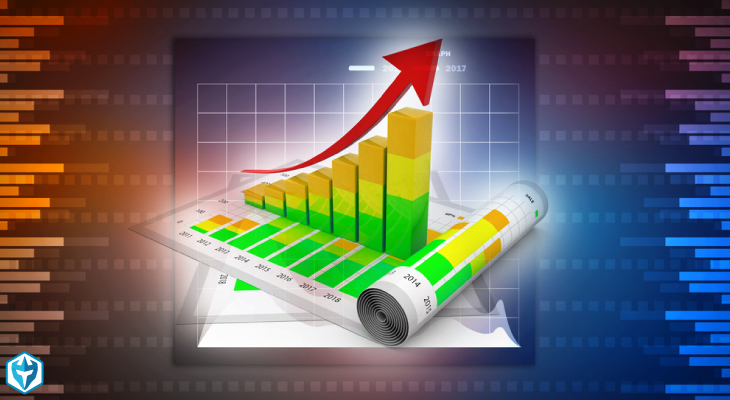Absorption Costing system is an alternative technique to the Marginal costing technique of accumulating and reporting costs. The absorption costing is based on the premise that it is appropriate to account for all the production costs whether they are direct costs or alternatively they are indirect costs. On the other hand, marginal costing is all about accumulating such costs that vary with the production volume and are classified as the variable costs. Absorption costing is approved and preferred technique by the accounting standards applied in relation to the preparation of the financial statements. Stated differently, absorption costing takes into account all the fixed as well as the variable costs that are incurred in relation to the production. The costs are not debited and charged to the cost of the goods sold right away but is retained until the good are effectively sold and the related revenue is charged in the accounts.
Cost Components under the Absorption Costing
Direct Material
It is the foremost production cost and can be directly traced in relation to the final product. The Direct material cost is a variable cost owing to the reason that it varies directly with volume of the production. The more is the production volume, the more will be the direct material cost.
Direct Labor
It is the second most important production cost in relation to the final product. In case of service, it is even the most important cost because in case of service there is little use of the direct material. Direct Labor cost is a variable cost owing to the reason that it varies directly with volume of the production. The more is the production volume, the more will be the direct material cost. Prime cost is referred to as the sum of the cost incurred under the heads that is Direct Material and the Direct Labor.
Variable Overheads
Variable Overheads is the terms that is used to refer to such cost that cannot be directly traced in relation to the final product, however, it is necessary in order to finalize the production of the specified product or service line. Variable overheads are also variable cost owing to the reason that it varies directly with volume of the production. The more is the production volume, the more will be the direct material cost. Prime cost is referred to as the sum of the cost incurred under the heads that is Direct Material and the Direct Labor.
Fixed Overheads
These costs are such costs that they do not vary directly in relation to production. Over and above, they are not directly required in relation to production. Instead these are costs that will facilitate the production process.
Allocation of the Costs
It is important and pertinent step that first of all costs need to accumulated in relation to the specified cost pools. Those cost pools do not change frequently and are represented by specific heads of accounts. Subsequent to cost accumulation in relation to the cost pools, the next step is the assessment of the activity that would be the basis of charging and levying of the costs. For instance, Material cost in addition to the labor hours are most applied activities for purpose of the cost allocation. The accumulated costs are divided by the estimated activity thresholds to compute and infer the per unit allocation charge of the cost. Consequently, per unit allocation charge times the actual activity is the final cost for the overheads that would be absorbed into actual produce along with the Direct Material and Direct Labor cost. Subsequent to the period end, the absorbed overheads are compared to the spending that is actually incurred and the resulting adjustment is made to the account that is cost of goods sold. This is the gist of Absorption costing which requires the overhead absorption by employing the predetermined overhead rate with regard to all the direct or indirect production cost that are incurred in relation to the production of the goods or services.

EmoticonEmoticon